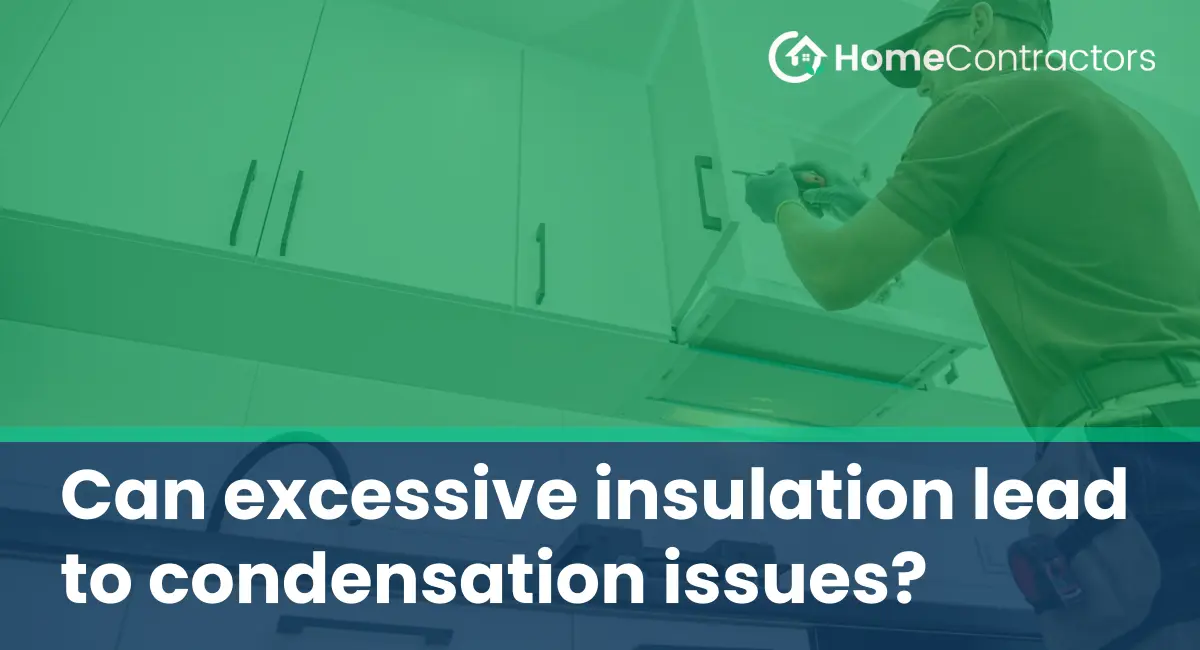Insulation is a vital component of any building, as it helps to regulate the temperature, increase energy efficiency, and provide a comfortable indoor environment. However, while insulation is crucial, it is essential to strike a balance and avoid excessive insulation which may lead to condensation issues. This article aims to explore the potential problems that can arise from excessive insulation and the reasons behind condensation issues in a well-insulated space.
Understanding Condensation
Condensation occurs when warm air comes into contact with a colder surface, causing the moisture in the air to condense into liquid water droplets. In a well-insulated building, condensation can occur when the interior air is warm and humid, and it reaches a cold surface, such as walls, windows, or ceilings. This phenomenon is a common issue in properties that lack adequate insulation, but it can also arise due to excessive insulation.
The Role of Ventilation
Ventilation plays a significant role in preventing condensation issues, and it becomes even more critical in a well-insulated space. Natural ventilation, through the use of windows and vents, helps to remove moist air and replace it with fresh air from outside. Mechanical ventilation, such as exhaust fans and air conditioning systems, can also help control humidity levels. Without proper ventilation, excessive insulation can cause trapped moisture to accumulate, leading to condensation problems.
The Risks of Excessive Insulation
While insulation is necessary to maintain a comfortable indoor environment, excessive insulation can create a range of issues, including condensation. Here are some risks associated with excessive insulation:
- Reduced Air Movement: Excessive insulation can restrict airflow within a building, preventing fresh air from circulating. As a result, moisture-laden air becomes trapped, increasing the likelihood of condensation.
- Increased Humidity Levels: Insufficient ventilation due to excessive insulation can cause humidity levels to rise. High humidity levels contribute to condensation, as the moisture in the air has no means of escaping.
- Mold and Mildew Growth: Condensation forms a perfect environment for mold and mildew to grow. These fungi thrive in damp conditions, and excessive insulation coupled with poor ventilation can create an environment suitable for their growth. Mold and mildew not only damage the building’s structure but can also pose health risks to its occupants.
Preventing Condensation Issues
Fortunately, there are several ways to prevent condensation issues caused by excessive insulation. Here are some mitigation strategies:
- Proper Design and Installation: Insulation should be installed correctly, considering the specific requirements of the building and the region’s climate. Consult professionals who have expertise in both insulation and ventilation systems to ensure an appropriate balance.
- Balanced Ventilation Systems: A balanced ventilation system can help maintain proper airflow and control humidity levels. This system includes both exhaust fans and intake vents, allowing for the exchange of stale, moisture-laden air with fresh air from outside.
- Use of Vapor Barriers: Vapor barriers, typically made of polyethylene plastic or foil, can be installed to prevent moisture from penetrating the walls and ceilings. These barriers are placed on the warm side of the insulation to prevent warm, humid air from coming into contact with cold surfaces.
- Regular Maintenance: It is essential to regularly check insulation, ventilation systems, and the building’s overall condition to identify and address any potential condensation issues. Proper maintenance ensures optimal performance of insulation and ventilation, reducing the risk of condensation problems.
While insulation is crucial for a comfortable living or working environment, excessive insulation can lead to condensation issues. Proper design, installation, and regular maintenance, along with balanced ventilation systems and the use of vapor barriers, are essential in preventing condensation problems. Striking a balance between insulation and ventilation is key to ensuring a well-regulated indoor environment that minimizes condensation and maintains both comfort and energy efficiency.
